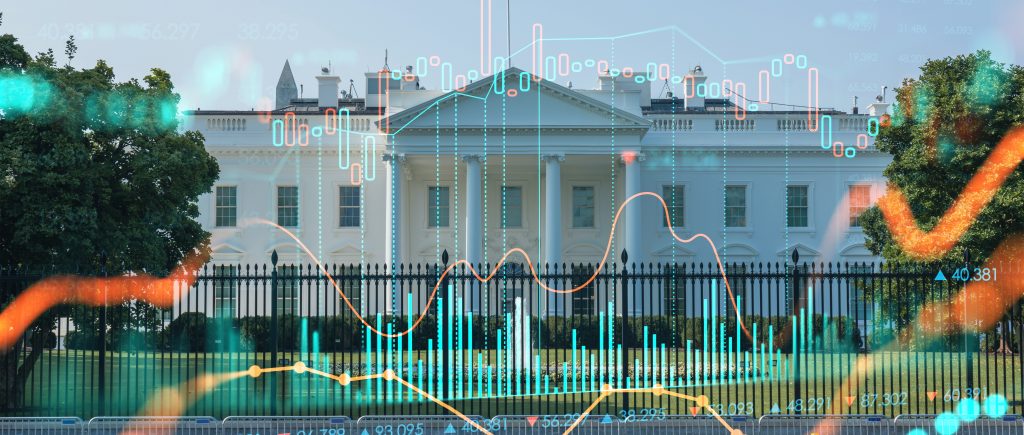Even though election day is nearly six months away, Forex markets have begun factoring in increased foreign exchange volatility around the US vote on November 5. With the difference between the six- and three-month implied volatility for the Chinese offshore yuan skyrocketing for a second day, options traders are concerned about this.
Tuesday saw the margin expand to 1.20 percentage points from 0.73 percentage points on Friday, marking the largest increase since that information was first made available in 2011.
Traders seem to have priced in a two-way scenario, wherein a victory for Donald Trump would probably trigger a sharp increase in volatility and a significant sell-off of the offshore yuan. That arrangement reminds me of Trump’s initial presidential campaign in 2016.
The Mexican peso was a leading market sentiment indicator in the Forex market at the time, and Trump’s win sent volatility skyrocketing to crisis proportions. Options traders will likely be on edge as the Chinese yuan is expected to play that role this time.
The difference between the two indicators highlights the degree of market anxiety around the vote and its possible influence on currency fluctuations, with three-month volatility ending in August and six-month volatility concluding on election day.
Given that Trump has previously hinted that he would slap tariffs of 60% on Chinese imports, political risks associated with the Chinese yuan appear to be higher based on options pricing.
Donald Trump’s proposed 60% tariff would be unaffordable and, in theory, would keep all Chinese goods out of US markets. In this complete decoupling situation, the RMB exchange rate may exhibit some knee-jerk reactions and drift towards 7.7-8.3.
There are fears and concerns elsewhere as well, although they are not as noticeable. Tuesday saw the Mexican peso’s implied volatility spread between six- and three-month periods stand at one percentage point, up than fourfold from Friday’s close but still below the peak seen in 2024.
According to the data, the difference in volatility for the euro between the six- and three-month periods surpassed 0.5 percentage points on Tuesday, a level last observed in November 2021.
President of the European Central Bank Christine Lagarde warned earlier this year that the continent should brace for “potential tariffs” and “harsh decisions” ahead, and Trump has since floated the notion of imposing a 10% tax on all imports from outside the United States.
Tariffs and possible trade disputes continue to be very risky. Over the past week, the markets have advised strategically cutting back on dollar longs while maintaining long USD exposure through options.

 Noor Trends News, Technical Analysis, Educational Tools and Recommendations
Noor Trends News, Technical Analysis, Educational Tools and Recommendations



